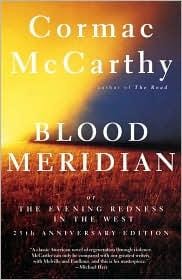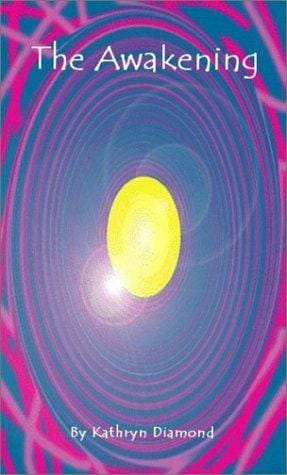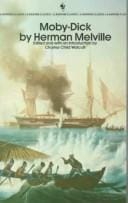Blood Meridian: Cormac McCarthy’s Harrowing Masterpiece Explained
Explore Cormac McCarthy’s Blood Meridian—its plot, themes, and enduring legacy—in this concise guide to the novel’s brutal brilliance.

Introduction to Blood Meridian
Published in 1985, Cormac McCarthy’s novel Blood Meridian, or the Evening Redness in the West has earned a reputation as one of the most powerful—and challenging—works in modern American literature. Set along the Texas–Mexico border in the mid-19th century, the book follows a nameless protagonist called "the Kid" as he joins the Glanton gang of scalp hunters. Renowned for its biblical prose and unflinching violence, the novel explores humanity’s capacity for brutality, the myth of the American West, and the thin veneer that separates civilization from chaos.
Plot Overview
Blood Meridian opens with the Kid, a fourteen-year-old runaway, drifting through the borderlands in search of purpose. After several skirmishes with both U.S. Army soldiers and Mexican rebels, he is arrested in Chihuahua but soon recruited by Captain Glanton to hunt Apaches for bounties. What follows is a nightmarish journey across deserts and mountains, marked by massacres, betrayal, and grotesque spectacle. The story culminates in a haunting confrontation between the Kid and Judge Holden—an enigmatic, almost supernatural figure who personifies boundless violence and nihilistic philosophy.
Major Characters
The Kid
Though he speaks little, the Kid anchors the reader’s perspective. His sporadic displays of mercy contrast with the savagery surrounding him, suggesting an embattled moral core.
Judge Holden
Bald, gigantic, and eerily erudite, the Judge dominates every scene. He lectures on war’s inevitability and the illusory nature of morality, casting himself as both teacher and executioner. Critics often view him as an allegorical embodiment of war itself—or even a demonic presence.
Captain Glanton
A ruthless leader obsessed with profit, Glanton’s pragmatic cruelty underscores the economic incentives behind frontier violence. His eventual downfall mirrors the lawlessness he fosters.
Key Themes and Symbols
Violence as Cosmic Law
More than mere plot device, violence in Blood Meridian is portrayed as an elemental force. From scalpings to battlefield tableaux, McCarthy’s prose suggests that bloodshed predates and supersedes human institutions. Judge Holden’s speeches reinforce this theme, declaring war “the truest form of divination.”
The Myth of Manifest Destiny
Classic Westerns romanticize the frontier, but McCarthy dismantles that myth. The novel portrays the westward expansion as a brutal land grab driven by greed, racial hatred, and governmental complicity. Sunshine-drenched mesas become stages for atrocity, challenging readers to rethink American exceptionalism.
Biblical and Gnostic Imagery
McCarthy laces the narrative with archaic diction and scriptural allusions. Characters traverse deserts reminiscent of Exodus, while meteors streak across the sky like apocalyptic omens. This spiritual subtext elevates the story from historical fiction to existential parable.
The Dance and the Tarot
The Judge’s recurring dances and references to cards symbolize fate’s cyclical nature. By night’s end, he claims to be “never dying,” hinting that violence, once loosed, is immortal.
Literary Style
McCarthy’s trademark style—sparse punctuation, polysyndetic sentences, and archaic vocabulary—creates a biblical cadence. The absence of quotation marks blurs dialogue and narration, immersing readers in a continuous stream of consciousness that mirrors the relentless landscape.
Historical Context
The Glanton gang was real, operating from 1849 to 1850 amid political chaos following the Mexican–American War. By fictionalizing historical journals, McCarthy exposes the vacuum of law and accountability that allowed mercenaries to thrive. The novel also comments on America’s broader imperial ambitions during the 19th century.
Critical Reception and Legacy
Initially overshadowed by more accessible Westerns, Blood Meridian gradually earned acclaim. Harold Bloom hailed it as “the ultimate Western” and compared McCarthy’s prose to Melville and Faulkner. Today, the novel appears on countless “greatest books” lists and is considered essential reading for understanding the dark underbelly of the American mythos.
Why Blood Meridian Matters Today
In an age of polarized politics and ongoing debates about gun violence, McCarthy’s vision feels prescient. The book forces readers to confront uncomfortable questions: Is violence inescapable? Can morality survive amid chaos? By refusing easy answers, Blood Meridian remains a vital, unsettling touchstone for modern discourse.
Reading Tips
Given its dense prose and graphic content, newcomers may find the novel daunting. Approach each chapter slowly, annotating unfamiliar words (a good dictionary is indispensable). Supplemental resources—like John Sepich’s Notes on Blood Meridian—can illuminate historical and literary references. Most importantly, allow space to process the violence; breaks between chapters can prevent desensitization and fatigue.
Potential Film Adaptations
Directors such as Ridley Scott and Andrew Dominik have tried to bring Blood Meridian to the screen, yet none have succeeded. The novel’s unrelenting brutality, sprawling scope, and philosophical density present formidable challenges to cinematic translation. Still, rumors persist, attesting to the story’s magnetic pull on filmmakers.
Conclusion
Blood Meridian is more than a Western; it is an epic meditation on violence, destiny, and the human condition. Through scorching deserts and moral abyss, McCarthy compels us to question both history’s sanitized narratives and our own capacity for evil. For readers willing to brave its horrors, the novel offers an indelible experience that lingers long after the final page—like the Judge himself, dancing in the dark, declaring dominion over all.



